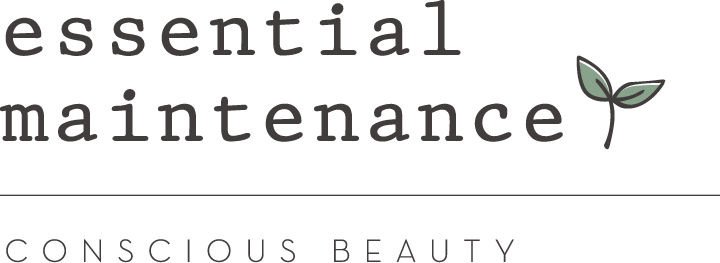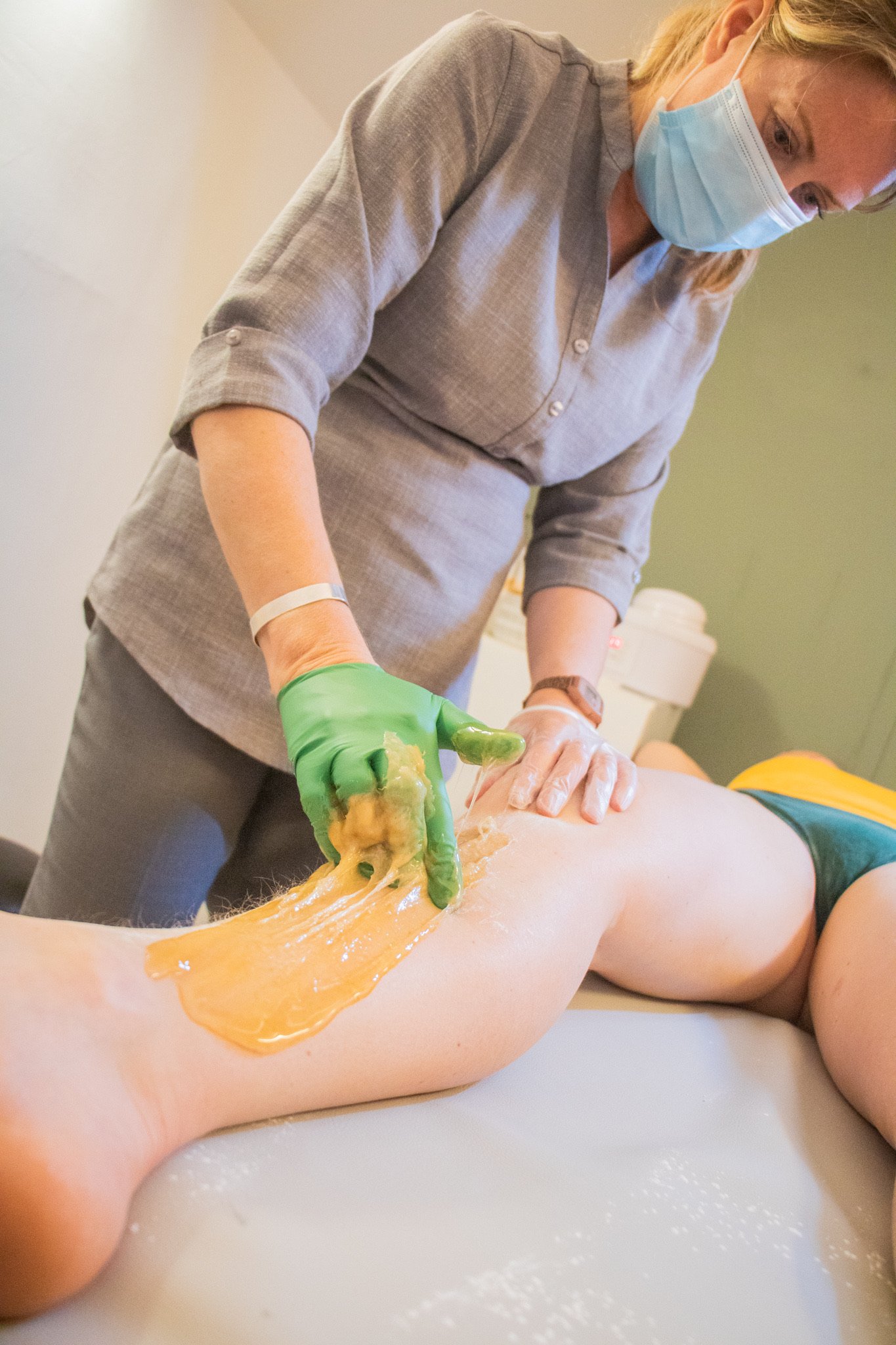What’s Sugaring VS. Waxing? The Great Debate!
In the pursuit of smooth and hair-free skin, people often turn to various hair removal methods. Among the most popular options are sugaring and waxing, both of which offer effective and longer-lasting results compared to shaving. If you're wondering which hair removal method is best for you, this comprehensive guide will delve into the key differences between sugaring and waxing. By the end of this article, you'll have a clear understanding of each technique, allowing you to make an informed decision based on your preferences and skin type.
What is Sugaring?
Sugaring is an ancient hair removal method that dates back to ancient Egypt. It involves using a natural paste made from simple ingredients such as sugar, water, and lemon juice. The paste is applied to the skin in the opposite direction of hair growth and then quickly removed, pulling the hair from the root. Unlike wax, the sugaring paste adheres only to the hair, minimizing discomfort and reducing the risk of skin irritation.
Benefits of Sugaring:
Natural Ingredients: One of the biggest advantages of sugaring is that the paste is made from all-natural ingredients, making it a great option for those with sensitive skin or allergies to chemical products.
Less Painful: Sugaring is generally considered less painful than waxing since the paste sticks primarily to the hair and not the skin, resulting in a gentler removal process.
Exfoliation: The sugaring paste also acts as an exfoliant, removing dead skin cells and leaving the skin feeling soft and smooth.
What is Waxing?
Waxing, like sugaring, is a popular method for removing unwanted body hair. The process involves applying warm wax to the skin and then placing a cloth or paper strip over the wax. The strip is quickly pulled off in the opposite direction of hair growth, taking the hair with it from the root. There are two main types of wax used in this process: soft wax (strip wax) and hard wax.
Benefits of Waxing:
Long-Lasting Results: Waxing offers longer-lasting results compared to shaving as it removes hair from the root, which means hair takes longer to regrow.
Suitable for Large Areas: Waxing is well-suited for larger areas of the body, such as legs or back, as it can remove a significant amount of hair in one go.
Precision: Waxing can target specific areas with precision, making it an effective method for shaping eyebrows or achieving well-defined lines.
Key Differences Between Sugaring and Waxing
Ingredients: As mentioned earlier, sugaring paste consists of natural ingredients, while wax is typically made from resins and other synthetic compounds. This makes sugaring a preferred choice for those seeking a more organic approach.
Adherence and Discomfort: When it comes to discomfort, sugaring is generally considered less painful since it adheres primarily to the hair and not the skin. On the other hand, waxing may cause more discomfort due to its stronger adhesion to the skin.
Application and Removal: The application process for both methods is similar, but sugaring paste is typically applied against the direction of hair growth and removed with the hair growth. In contrast, wax is applied in the direction of hair growth and removed against it.
Residue and Clean-Up: Sugaring is water-soluble, which means any residue left on the skin can be easily cleaned with water. Wax, being oil-based, requires an oil-based solvent for clean-up.
Who Should Choose Sugaring?
Sugaring may be the ideal choice for individuals with:
Sensitive Skin: The gentle nature of sugaring makes it suitable for those with sensitive or delicate skin, reducing the risk of irritation or allergic reactions.
Allergies or Sensitivities: Since sugaring paste consists of natural ingredients, it is less likely to cause adverse reactions for individuals with allergies to certain chemicals.
Fine or Short Hair: Sugaring can effectively remove even shorter hair lengths, making it a suitable option for those with fine hair growth.
Ultimately, the choice between sugaring and waxing depends on your specific needs and preferences. Both methods offer effective hair removal, but they differ in terms of ingredients, adherence, and discomfort. Sugaring, with its natural ingredients and less painful process, may be a great option for those with sensitive skin or allergies.
Before making a decision, consider trying both methods and consulting with a professional esthetician to determine which one suits your skin type and hair removal goals best. Whichever method you choose, regular maintenance and proper aftercare will ensure a smoother and more satisfying hair removal experience.




